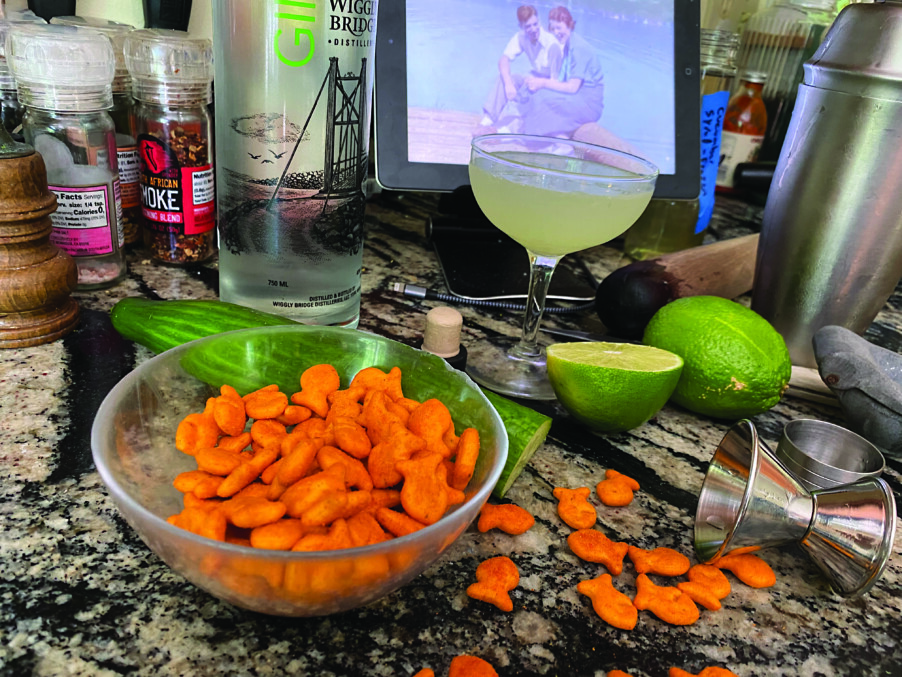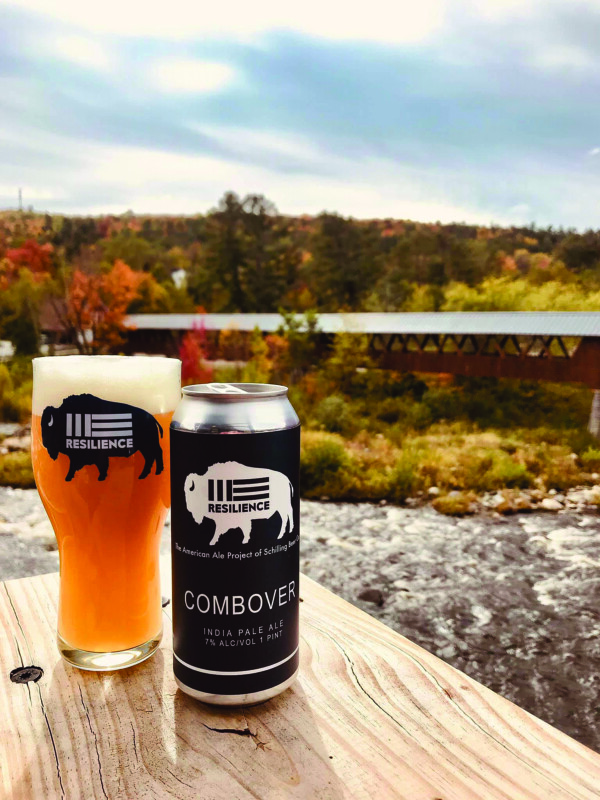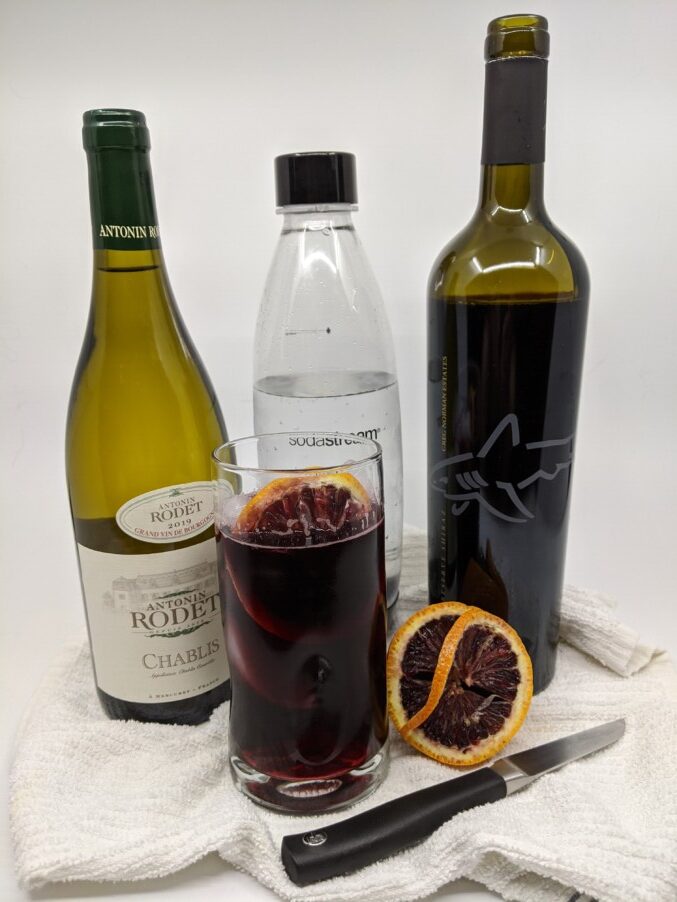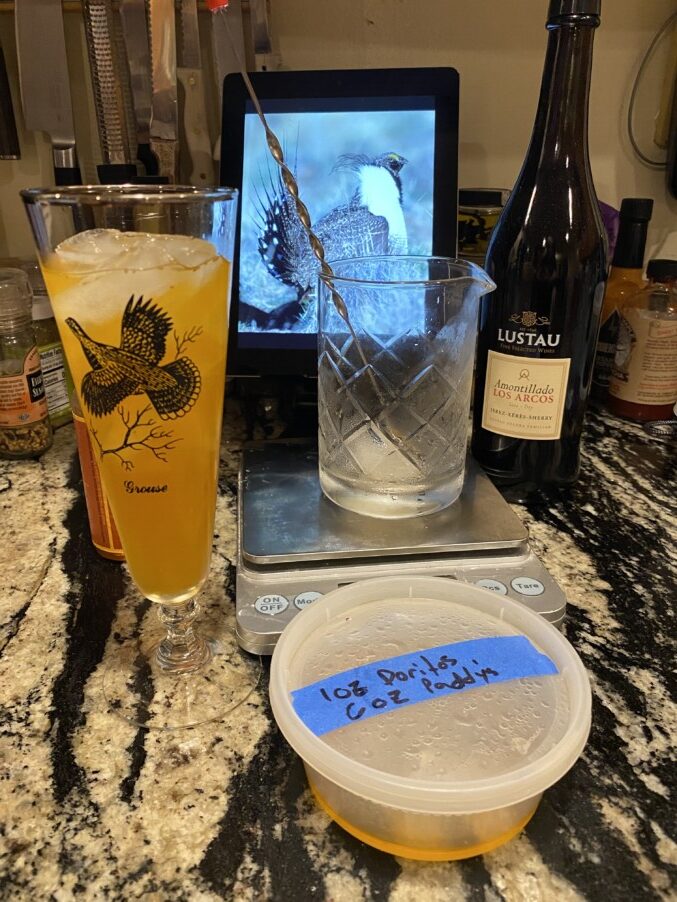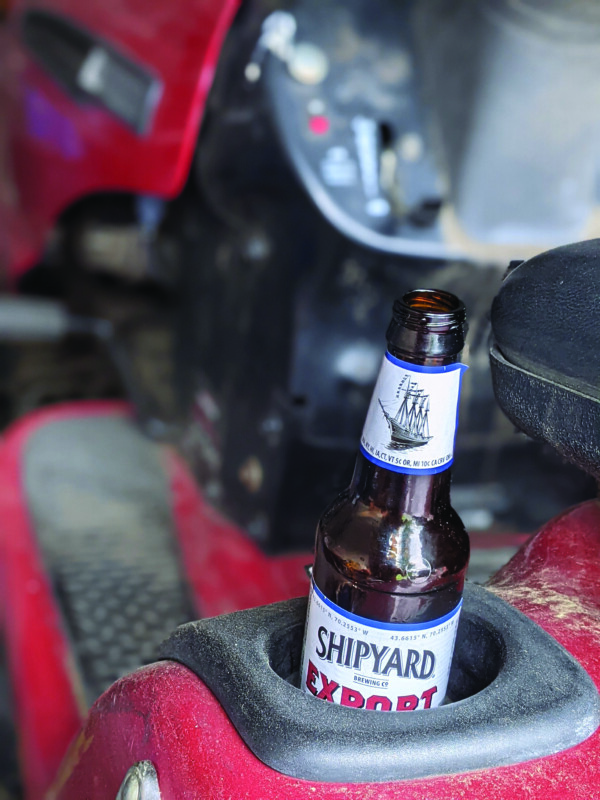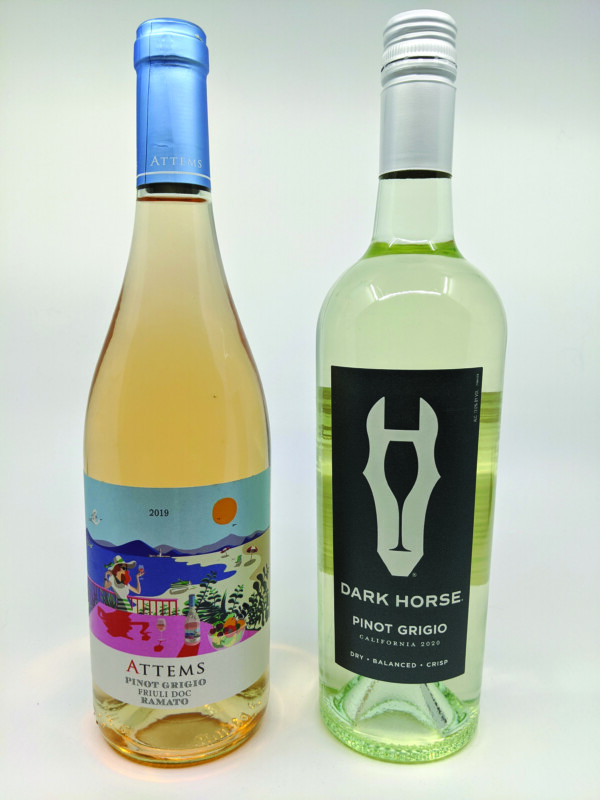My grandparents were civilized people. One of my favorite memories of them is their rigorous observance of Cocktail Hour.
Every evening, when Opa got home from work, he would change clothes, then he and my Oma would sit down for a cocktail. This was not precisely a formal ritual, but it was one thoroughly saturated with respect. For an hour or so, they would sit together without distractions and focus on each other. Opa would slip in some form of compliment for my grandmother — her name was Grace, but he called her “Dolly” — and at some point, he would usually lean back, sigh with contentment and wonder out loud, “what the poor people” were up to that night.
For me, the classiest part of the whole ceremony — because, really, that’s what this was — was that they always had a small bowl of Pepperidge Farm Goldfish with their cocktails.
I remember once asking my grandmother if I could have a sip of her cocktail. Amused, she let me have one. It was the worst thing I had ever tasted up to that point in my life (I was about 8).
“What IS that?!” I asked, overcome with feelings of betrayal and disgust.
“It’s a gimlet,” she told me serenely, and it was seared into my memory. She let me have a handful of goldfish to clear my palate, and those are there, too.
I wish I had a profound lesson to tie this story to — other than the fact that Oma and Opa have both been gone for about 40 years, and I still miss them achingly.
Anyway, here is a recipe for a take on a classic summer gimlet, with cucumber.
Cucumber Gimlet
45 grams (3 thick slices) cucumber
1/2 ounce cucumber syrup (see below)
2 ounces gin (I’m using Wiggly Bridge this week, given to me by a friend who distributes it in New Hampshire.)
3/4 ounce lime juice, freshly squeezed (see below)
1. Muddle the cucumber and cucumber syrup aggressively in the bottom of a cocktail shaker. Be careful not to splash yourself.
2. Add the ice, gin and lime juice. If you have a choice, go with the lime that has been sitting around your kitchen for a week or so and is looking a little tired. If you think you can see his ribs showing, he’s the one you want. His juice will taste extra-limey.
3. Shake until the condensation on the side of the shaker starts to freeze.
4. Strain into a coupé glass.
5. Drink this while giving someone your undivided attention.
Gin and lime are a classic combination. The cucumber makes this drink more summery and refreshing. It provides a framework to hang the crispness of the gin and the fruitiness of the lime.
Is there a way to make this even more cucumbery?
Yes — I would shred half of an unpeeled cucumber with a box grater, and use it to infuse an equal amount of gin for a week or so. (I say I “would”; in point of fact, I am infusing a batch of it right now, but it’s hot out and I’m feeling nostalgic. I’d like a gimlet right now, please.)
Cucumber simple syrup
I tried and compared several different methods for making this syrup. I’ll spare you the details of my testing protocols, but here is the least fiddly method that gave me the sharpest cucumber flavor:
1. Wash an English cucumber, then roughly dice it, with the skin still on. Freeze it for an hour or two; ice crystals will help break down the cell walls and persuade the cucumber to give up its juice more generously.
2. Combine the frozen cucumber and an equal amount (by weight) of sugar in a small saucepan and bring to a boil, stirring regularly.
3. Remove from heat, then mash the cucumber pieces with a potato masher. Don’t be gentle.
4. Cover the pot and let the cucumber steep for half an hour.
5. Strain with a fine-meshed strainer, and use a funnel to bottle it.
Featured photo: Cucumber gimlet (with accompaniments). Photo by John Fladd.

